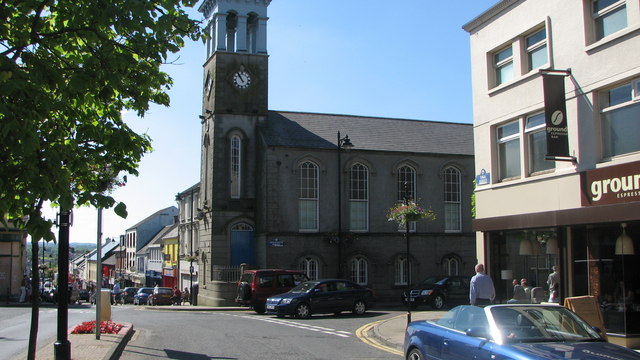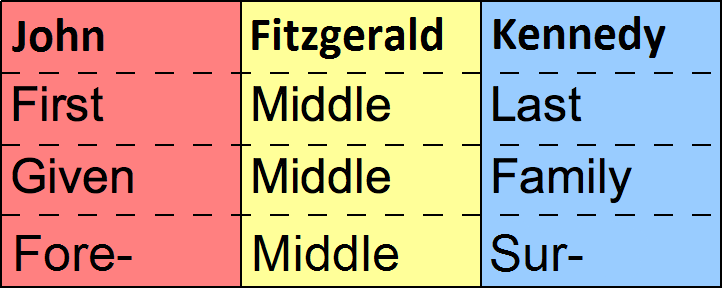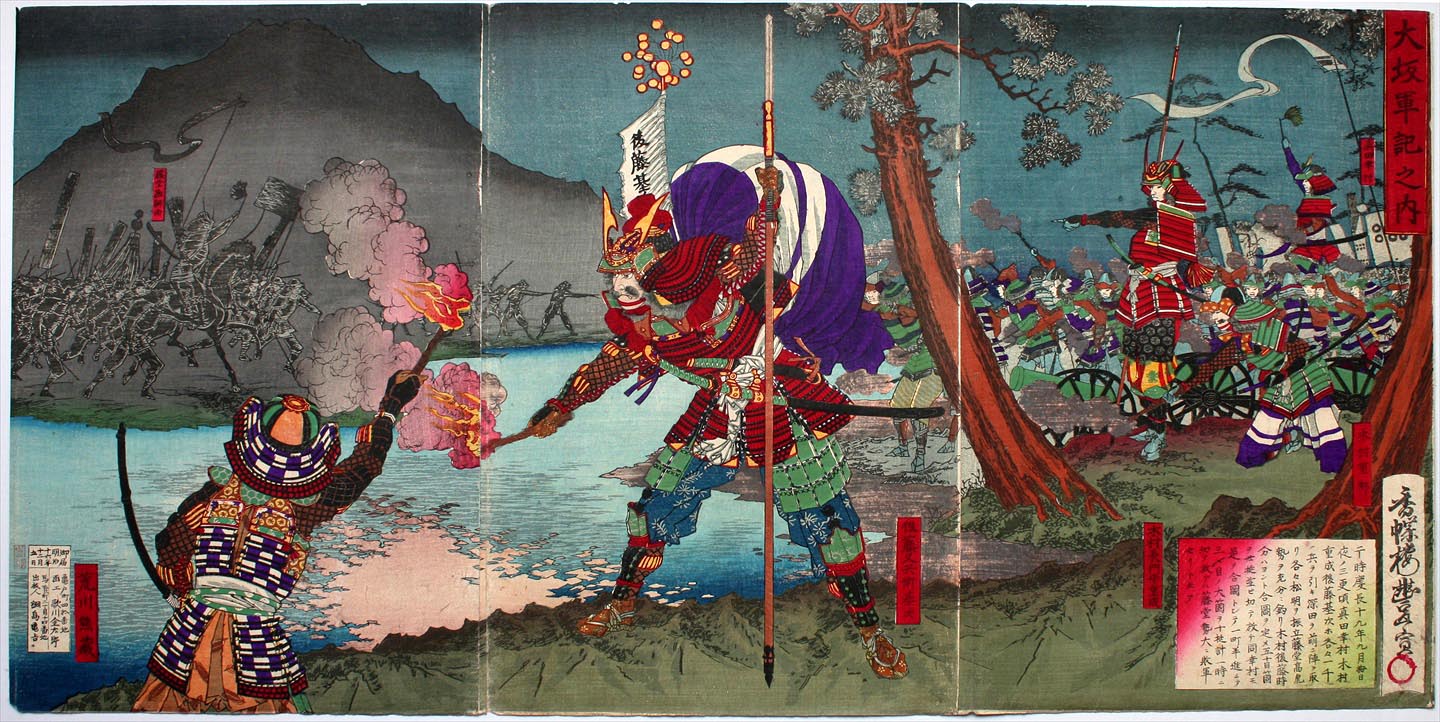|
Cú Chonnacht Ó Cianáin
Cú Chonnacht Ó Cianáin, d. 1615, was a rymer or chronicler to Rory Maguire. He was apparently the first man racked in Ireland, the instrument being used most severely upon him during an interrogation into a bungled insurrection in early summer 1615. On 31 July of that year, he and five others were condemned to death in Derry, and he is believed to have been hanged shortly afterwards. He is also described as a yeoman of Moygh, a place somewhere between Ballymoney and the Bann, County Antrim. He was a brother of Tadhg Og Ó Cianáin. The surname Ó Cianáin is now generally rendered as Keenan. Sources * ''The Learned Family of Ó Cianáin/Keenan'', Nollaig Ó Muraíle Nollaig Ó Muraíle is an Irish scholar. He published an edition of Dubhaltach Mac Fhirbhisigh's ''Leabhar na nGenealach'' in 2004. He was admitted to the Royal Irish Academy in 2009. Life and career A native of Knock, County Mayo, Ó Muraíle ..., in Clougher Record, pp. 387–436, 2005. * ''Turas ... [...More Info...] [...Related Items...] OR: [Wikipedia] [Google] [Baidu] |
Derry
Derry, officially Londonderry, is the second-largest City status in the United Kingdom, city in Northern Ireland, and the fifth-largest on the island of Ireland. Located in County Londonderry, the city now covers both banks of the River Foyle. Cityside and the old walled city being on the west bank and Waterside, Derry, Waterside on the east, with two road bridges and one footbridge crossing the river in-between. The population of the city was 85,279 in the 2021 census, while the Derry Urban Area had a population of 105,066 in 2011. The district administered by Derry City and Strabane District Council contains both Londonderry Port and City of Derry Airport. Derry is close to the Irish border, border with County Donegal, with which it has had a close link for many centuries. The person traditionally seen as the founder of the original Derry is Saint , a holy man from , the old name for almost all of modern County Donegal, of which the west bank of the Foyle was a part befor ... [...More Info...] [...Related Items...] OR: [Wikipedia] [Google] [Baidu] |
Yeoman
Yeoman is a noun originally referring either to one who owns and cultivates land or to the middle ranks of Serfdom, servants in an Peerage of England, English royal or noble household. The term was first documented in Kingdom of England, mid-14th-century England. The 14th century witnessed the rise of the yeoman English longbow, longbow Archery, archers during the Hundred Years' War, and the yeoman outlaws celebrated in the Robin Hood ballads. Yeomen joined the English Navy during the Hundred Years' War as Sailor, seamen and archers. In the early 15th century, yeoman was the rank of chivalry between Page (servant), page and squire. By the late 17th century, yeoman became a rank in the Royal Navy for the common seamen who were in charge of ship's stores, such as foodstuffs, gunpowder, and sails. References to the emerging social stratum of wealthy land-owning commoners began to appear after 1429. In that year, the Parliament of England re-organized the House of Commons of Englan ... [...More Info...] [...Related Items...] OR: [Wikipedia] [Google] [Baidu] |
Ballymoney
Ballymoney ( , meaning 'townland of the moor') is a town and Civil parishes in Ireland, civil parish in County Antrim, Northern Ireland. It is within the Causeway Coast and Glens Borough Council area. The civil parish of Ballymoney is situated in the historic Barony (geographic), baronies of Dunluce Upper and Kilconway in County Antrim, as well as the barony of North East Liberties of Coleraine in County Londonderry. It had a population of 11,048 people at the 2021 United Kingdom census, 2021 census. Ballymoney is located on the A26 road (Northern Ireland), main road between Coleraine and Ballymena, with good road and rail connections to the main cities in Northern Ireland, Belfast and Derry. The Ballymoney area has the highest life expectancy of any area in Northern Ireland, with the average male life expectancy at birth being 79.9 years and 83.8 years for females in years between 2010 and 2012. Conversely, it was revealed in 2013 that Ballymoney residents are more likely to ... [...More Info...] [...Related Items...] OR: [Wikipedia] [Google] [Baidu] |
River Bann
The River Bann (from , meaning "the goddess"; Ulster Scots dialects, Ulster-Scots: ''Bann Wattèr'') is the longest rivers, river in Northern Ireland, its length, Upper and Lower Bann combined, being 129 km (80 mi). The total length of the River Bann, including its path through the 30 km (19 mi) long Lough Neagh is 159 km (99 mi). Another length of the River Bann given is 90 mi. The river winds its way from the southeast corner of Ulster to the northwest coast, pausing in the middle to widen into Lough Neagh. The River Bann catchment has an area of 5,775 km2. The River Bann has a mean discharge rate of 92 m3/s. According to C. Michael Hogan, the Bann River Valley is a settlement area for some of the first human arrivals in Ireland after the most recent glacial retreat. The river has played an important part in the industrialisation in Northern Ireland, especially in the linen industry. Today salmon and eel fisheries are the most import ... [...More Info...] [...Related Items...] OR: [Wikipedia] [Google] [Baidu] |
County Antrim
County Antrim (named after the town of Antrim, County Antrim, Antrim, ) is one of the six counties of Northern Ireland, located within the historic Provinces of Ireland, province of Ulster. Adjoined to the north-east shore of Lough Neagh, the county covers an area of and has a population of 651,321, as of the 2021 United Kingdom census, 2021 census. County Antrim has a population density of 211 people per square kilometre or 546 people per square mile. It is also one of the thirty-two traditional Counties of Ireland, counties of Ireland. The Glens of Antrim offer isolated rugged landscapes, the Giant's Causeway is a unique landscape and a UNESCO World Heritage Site, Bushmills, County Antrim, Bushmills produces whiskey, and Portrush is a popular seaside resort and night-life area. The majority of Belfast, the capital city of Northern Ireland, is in County Antrim, with the remainder being in County Down. According to the United Kingdom Census 2001, 2001, United Kingdom Census 20 ... [...More Info...] [...Related Items...] OR: [Wikipedia] [Google] [Baidu] |
Tadhg Og Ó Cianáin
Tadhg, also Taḋg ( , ), (pronunciations given for the name ''Tadhg'' separately from those for the slang/pejorative ''Teague''.) commonly anglicized as "Taig" or "Teague", is an Irish and Scottish Gaelic masculine name that was very common when the Goidelic languages predominated, to the extent that it is a synecdoche for Irish-speaking man. The name signifies "poet" or "philosopher". This was also the name of many Gaelic Irish kings from the 10th to the 16th centuries, particularly in Connacht and Munster. Tadhg is most common in southwest Ireland, particularly in County Cork and County Kerry. The name has had a surge in popularity in the early 21st century; As of 2000 it was the 92nd most common name for baby boys in Ireland, according to the Central Statistics Office, rising to 69th by 2005. By 2022, it had risen to the 7th most common name for newly registered male births. Etymology The commonly accepted meaning of Tadhg is "poet"Babies' Names, Oxford University Pres ... [...More Info...] [...Related Items...] OR: [Wikipedia] [Google] [Baidu] |
Surname
In many societies, a surname, family name, or last name is the mostly hereditary portion of one's personal name that indicates one's family. It is typically combined with a given name to form the full name of a person, although several given names and surnames are possible in the full name. In modern times most surnames are hereditary, although in most countries a person has a right to name change, change their name. Depending on culture, the surname may be placed either at the start of a person's name, or at the end. The number of surnames given to an individual also varies: in most cases it is just one, but in Portuguese-speaking countries and many Spanish-speaking countries, two surnames (one inherited from the mother and another from the father) are used for legal purposes. Depending on culture, not all members of a family unit are required to have identical surnames. In some countries, surnames are modified depending on gender and family membership status of a person. C ... [...More Info...] [...Related Items...] OR: [Wikipedia] [Google] [Baidu] |
Ó Cianáin
Ó Cianáin was the name of a Gaels, Gaelic-Irish people, Irish Brehon family. They were originally erenaghs of the parish of Cleenish, Lough Erne, but who had served for several centuries as historians to McGuire (other), Mag Uidir of Fermanagh, Fear Manach (2007, p. 437). The Annals of Ulster record the death of Giolla na Naomh Ó Cianáin, abbot of Lis Gabhail (Lisgoole), on 12 August 1345 (actually 1348). One of the family's most noted productions was Leabhar Adhamh Ó Cianáin, written in or about the 1340s by Adhamh Ó Cianáin (died 1373) by and for himself, and out of the book of his teacher, Seán Mór Ó Dubhagáin (died 1372). The Annals of the Four Masters cite the deaths of members of the family under the years 1348, 1373, 1387, 1400, 1405, 1459, 1569, 1483. The surname is anglicised as Keenan (other), Keenan. See also * Adhamh Ó Cianáin, died 1373 * Eoghain Ó Cianáin (fl. 1540) harper and servant of Gerald FitzGerald, 9th Earl of Kildare ... [...More Info...] [...Related Items...] OR: [Wikipedia] [Google] [Baidu] |
Keenan (other)
Keenan is an Irish surname meaning 'ancient, distant' in the Irish language. It is derived from ''Ó'' ''Cianáin'' 'descendant of Cianán' (a diminutive of Cian). The Ó Cianáin clan were hereditary historians to the Mac Uidhir. Origins Recorded as O'Keenan and more usually Keenan, this is an Irish surname. Found mainly in Ulster counties Fermanagh and Monaghan, it originates from the ancient pre-10th-century Gaelic name ''Ó Cianáin'' meaning "The descendant of the faithful one" or similar. It may not have been entirely coincidence that the clan was famous throughout the Medieval Period for producing both high-ranking members of the church, and early historians, in several cases the same thing. The first recorded scribe was Adam O' Caianain, who was also the canon of Lisgool in Fermanagh. He is mentioned in the annals known as the "Four Masters" as being the historian to the famous Maguires of County Fermanagh. It is said that in 1659 in Petty's Census of Ireland that the s ... [...More Info...] [...Related Items...] OR: [Wikipedia] [Google] [Baidu] |
Nollaig Ó Muraíle
Nollaig Ó Muraíle is an Irish scholar. He published an edition of Dubhaltach Mac Fhirbhisigh's ''Leabhar na nGenealach'' in 2004. He was admitted to the Royal Irish Academy in 2009. Life and career A native of Knock, County Mayo, Ó Muraíle attended National University of Ireland, Maynooth where he was a postgraduate student enrolled for a PhD. He was Placenames Officer with the Ordnance Survey of Ireland 1972–1993. He was Reader in Irish and Celtic Studies at Queen's University Belfast to 2004 and Senior Lecturer at the Department of Irish, National University of Ireland, Galway from 2005–2014. He is married to Tresa Ní Chianáin and has two children, Róisín and Pádraic. He lives in Dublin. Ó Muraíle and Mac Fhirbhisigh In 1971, at the suggestion of Tomás Ó Fiaich, then Professor of Modern History at Maynooth, Ó Muraíle began work on Dubhaltach Mac Fhirbhisigh's ''Leabhar na nGenealach''. This was continued under the direction of Professor of Old and Middle ... [...More Info...] [...Related Items...] OR: [Wikipedia] [Google] [Baidu] |
1615 Deaths
Events January–March * January 1 – The New Netherland Company is granted a three-year monopoly in North American trade, between the 40th and 45th parallels. * January 30 – Japan's diplomatic mission to Europe, led by Hasekura Tsunenaga, meets with King Philip III of Spain at Madrid and presents an offer of a treaty. * February 2 – Sir Thomas Roe sets out to become the first ambassador from the court of the King of England to the Mughal Emperor Jahangir, departing from Tilbury Hope on the ship ''Lyon'' under the command of captain Christopher Newport. * February 17 – Japan's envoy to Europe, Hasekura Tsunenaga, receives a Christian baptism by the royal chaplain, Diego de Guzmán, and receives the European name Felipe Francisco Hasekura. * March 10 – John Ogilvie, a Jesuit priest, is hanged and drawn at Glasgow Cross in Scotland for refusing to pledge allegiance to King James VI of Scotland; he will be canonised in 1976, becoming ... [...More Info...] [...Related Items...] OR: [Wikipedia] [Google] [Baidu] |
17th-century Irish Writers
The 17th century lasted from January 1, 1601 (represented by the Roman numerals MDCI), to December 31, 1700 (MDCC). It falls into the early modern period of Europe and in that continent (whose impact on the world was increasing) was characterized by the Baroque cultural movement, the latter part of the Spanish Golden Age, the Dutch Golden Age, the French ''Grand Siècle'' dominated by Louis XIV, the Scientific Revolution, the world's first public company and megacorporation known as the Dutch East India Company, and according to some historians, the General Crisis. From the mid-17th century, European politics were increasingly dominated by the Kingdom of France of Louis XIV, where royal power was solidified domestically in the civil war of the Fronde. The semi-feudal territorial French nobility was weakened and subjugated to the power of an absolute monarchy through the reinvention of the Palace of Versailles from a hunting lodge to a gilded prison, in which a greatly expanded r ... [...More Info...] [...Related Items...] OR: [Wikipedia] [Google] [Baidu] |







